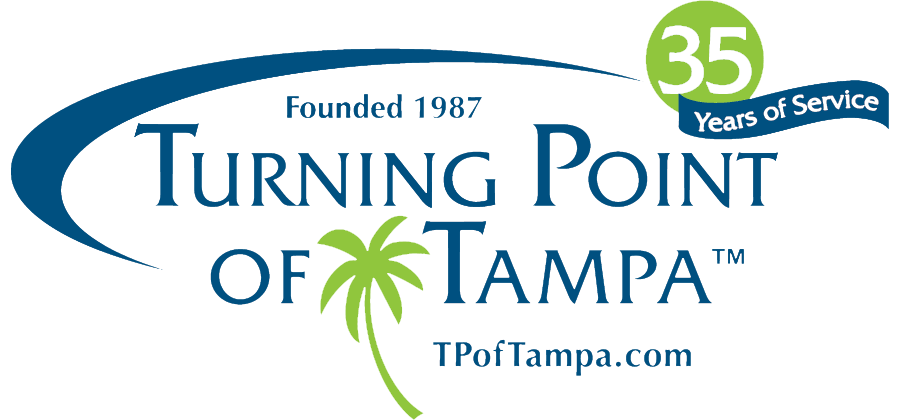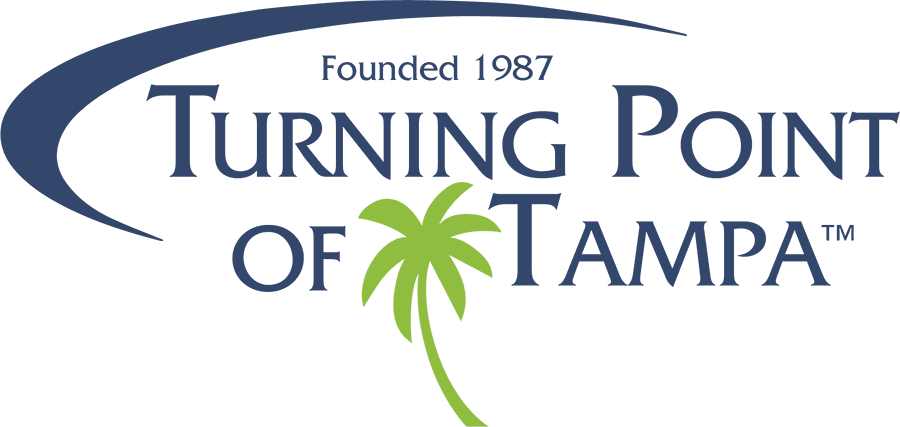Stimulants are a class of drugs that “stimulate” the central nervous system to increase energy, elevate mood, and heighten focus and motivation. Although some stimulants are legitimately prescribed to treat conditions like attention-deficit hyperactivity disorder (ADHD) and narcolepsy, this class of medication is often abused, misused, and diverted.
Stimulants are frequently used without a prescription as a study aid, to lose weight, or, in higher doses, for their euphoric effects. Although they were once commonly prescribed for weight loss, that is now rare because of their potential for harm. When misused or used illegally, stimulants are extremely dangerous and can cause life-threatening reactions.
Although there is widespread use of nonprescribed Adderall by college students, a study published in the Journal of Addictive Diseases concluded, “research actually shows…that students who abuse prescription drugs do worse in school than students who don’t.”
The Food and Drug Administration (FDA) requires central nervous system stimulants (CNS) like Adderall to carry their strictest warning, called a black box warning, citing the risk for abuse and dependence. The warning indicates there is a “significant risk of serious, or even life-threatening, adverse effects.” They caution that misuse of stimulants can result in sudden death.
There are also several illegal stimulants that are widely used recreationally. These drugs are especially dangerous as they are illegally manufactured and unregulated so there is no way to know what contaminants or dose they contain.
What are stimulant drugs?
Prescription stimulants include:
- Amphetamines: Dexedrine, Adderall, Biphetamine, Vyvanse
- Methylphenidates: Ritalin, Concerta, Methylin
Illegal stimulants include:
- Cocaine, “Crack” Cocaine
- Methamphetamines
- MDMA
Caffeine and nicotine are also classified as stimulants.
How stimulants affect the brain
Both prescription and illegal stimulants have similar effects on the brain, as they trigger an increase of dopamine, a “feel good” chemical messenger. Dopamine affects the pleasure and reward center of the brain, as well as the centers governing movement, focus, and motivation. Heightened levels of dopamine may result in feelings of euphoria, increased energy, and an overall sense of well-being.
With prescription stimulants, physicians carefully monitor the dosage until the desired therapeutic effect is reached. If patients continue to use the stimulant in the manner prescribed, the drug is generally effective and relatively safe. However, when people misuse stimulants regularly, they build up tolerance, requiring an increasingly higher dose to achieve the desired effect, leading to addiction.
Warning signs of stimulant use
Warning signs of a substance use disorder will vary depending on the drug used, but there are many side effects common to most stimulant drugs. Common side effects may include headache, restlessness, insomnia, loss of appetite, rapid heart rate, increased blood pressure, and agitation. These side effects may also be signs of stimulant use. According to the Mayo Clinic, signs of dangerous prescription stimulant use may include:
- Increased alertness
- Feeling high
- Irregular heartbeat
- High blood pressure
- High body temperature
- Reduced appetite
- Insomnia
- Agitation
- Anxiety
- Paranoia
The Mayo Clinic also warns of behavioral or mood changes that may signal overuse. Changes may include:
- Stealing, forging or selling prescriptions
- Taking higher doses than prescribed
- Excessive mood swings or hostility
- Increase or decrease in sleep
- Poor decision-making
- Appearing to be high, unusually energetic or revved up, or sedated
- Requesting early refills or continually “losing” prescriptions, so more prescriptions must be written
- Seeking prescriptions from more than one doctor
Other warning signs of stimulant use may include social withdrawal, a sudden loss of interest in activities or relationships a loved one once enjoyed, financial problems, sleeping for unusually long periods, disorientation, mania, impulsive behaviors, secretive behavior, and a decline in personal hygiene.
Risky use of any type of drug also increases the likelihood of risk-taking behavior, which can include unsafe sex, injecting drugs, operating a vehicle while impaired, swimming or undertaking other dangerous activities while impaired, using alcohol or other drugs concurrently, fighting, and using a weapon.
Additional risks related to method of use
While prescription drugs are most commonly swallowed in pill form, illegal drugs are often taken by intravenous injection, snorting, or smoking.
- If injected, people can suffer skin infections, which can lead to heart damage or death, contraction of blood-borne diseases like HIV and hepatitis, a higher risk of overdose, collapsed veins and swelling of lower limbs due to reduced blood flow.
- If snorted, people can suffer runny nose and nosebleeds, infections in the mucous membrane and teeth, loss of smell, frequent sinus problems and difficulty swallowing.
- If smoked, people can suffer chronic cough, wheezing, shortness of breath, chest pain, mouth sores, gum disease and tooth decay.
No matter how long a person has been using a drug or how severe their drug habit is, recovery is possible. Start by talking with your doctor or an accredited addiction specialist for resources and guidance. It’s important to be honest about your substance use, including any other drug or alcohol use. Many drug users have more than one substance use challenge and/or co-occurring (dual diagnosis) mental disorder. All disorders must be treated for successful long-term recovery.
Total abstinence from drug use is foremost the safest practice legally, financially, emotionally and physically!
Turning Point of Tampa’s goal is to always provide a safe environment and a solid foundation in 12-Step recovery, in tandem with quality individual therapy and groups. We have been offering Licensed Residential Treatment for Addiction, Eating Disorders and Dual Diagnosis in Tampa since 1987.


